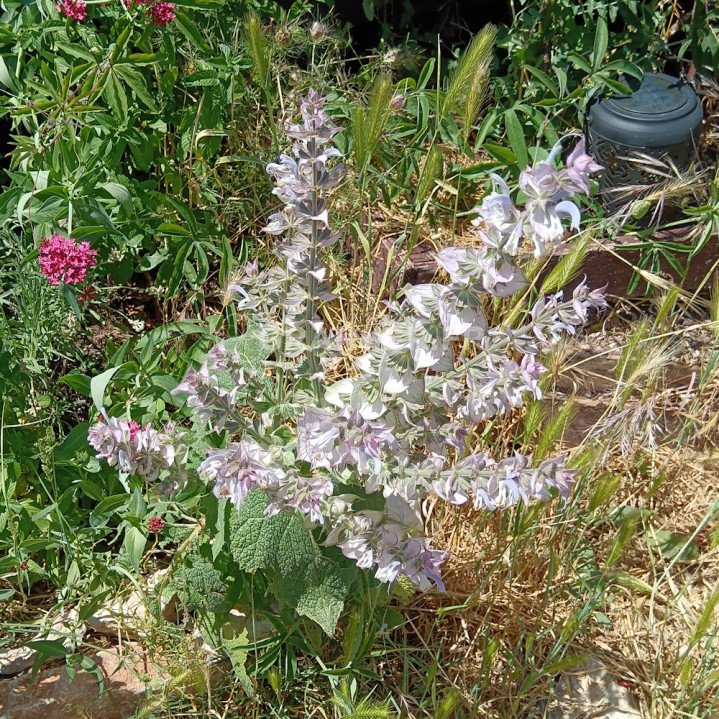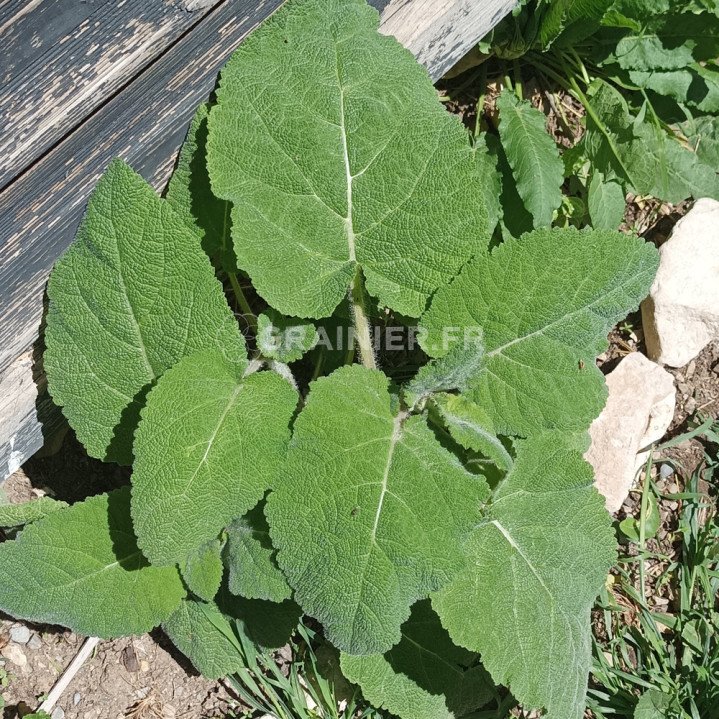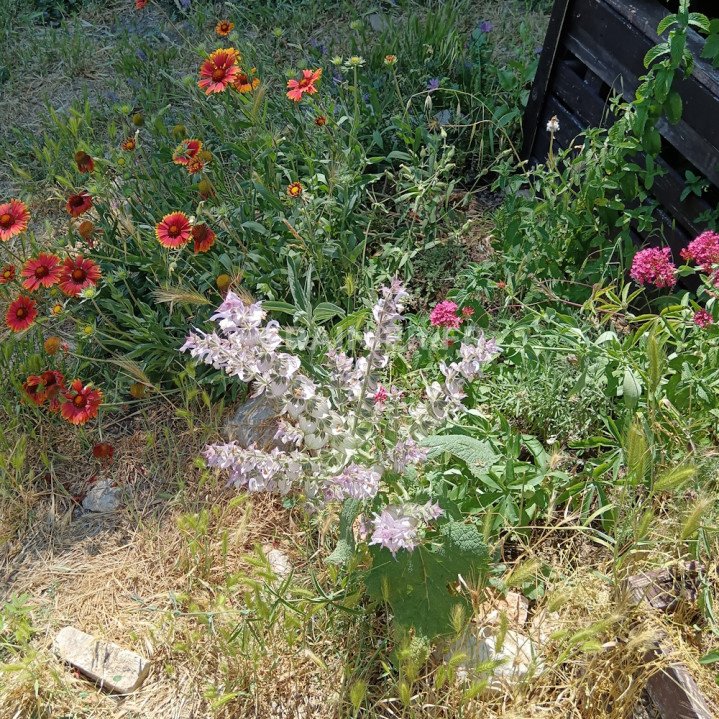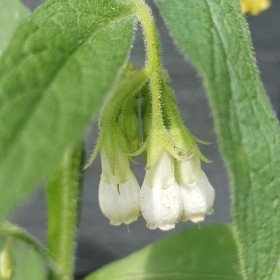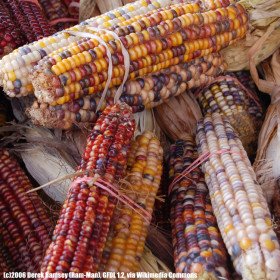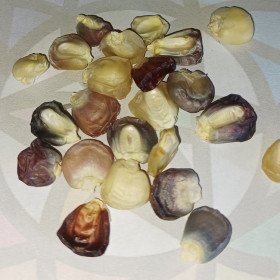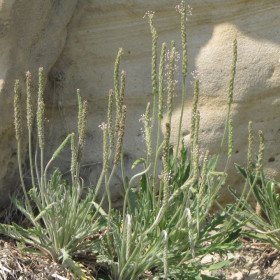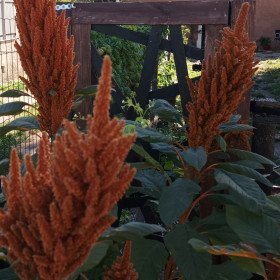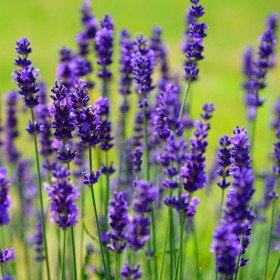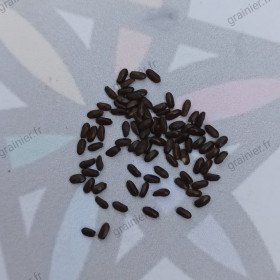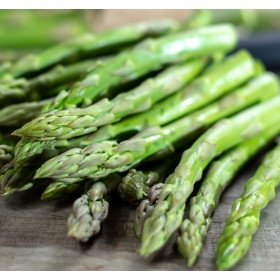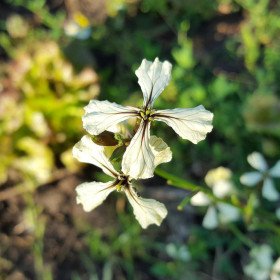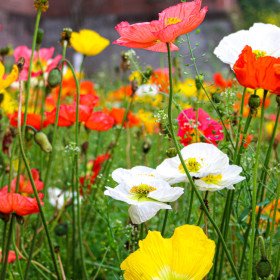50 Graines Sauge sclarée, Salvia sclarea
50 Graines Sauge sclarée, Salvia sclarea
- Fabricant : Graines reproductibles, Graines Non Traitées
- Modèle : 50 Graines Sauge sclarée, Salvia sclarea
- Disponibilité : 10
- 1,50€
Sauge sclarée, Salvia sclarea, orviot, toute bonne | Graines reproductibles, Graines Non Traitées
Salvia sclarea, également connue sous le nom de sauge sclarée, est une plante herbacée appartenant à la famille des Lamiacées. Elle est originaire d'Europe et est largement cultivée pour ses utilisations médicinales, aromatiques et ornementales.
50 graines
Description : La sauge sclarée est une plante vivace pouvant atteindre une hauteur de 60 à 150 cm. Ses feuilles sont grandes, ovales et duveteuses, avec des bords crénelés. Les tiges dressées portent des épis de fleurs, qui sont de couleur blanche, rose ou violette, selon la variété.
Utilisation : La sauge sclarée est utilisée depuis l'Antiquité pour ses propriétés médicinales. Ses feuilles et ses fleurs sont réputées pour leurs vertus apaisantes et relaxantes, et elles sont souvent utilisées en infusion pour soulager les troubles du sommeil et l'anxiété. En aromathérapie, l'huile essentielle de sauge sclarée est appréciée pour ses propriétés calmantes et équilibrantes.
Symbolique : Dans certaines cultures, la sauge sclarée est associée à la sagesse et à la clarté d'esprit. Son nom latin, "Salvia", dérive du mot latin "salvare", qui signifie "guérir" ou "sauver", en référence à ses propriétés médicinales. La plante est également utilisée dans certaines traditions pour favoriser l'intuition et l'éveil spirituel.
Semis détaillé : Les graines de sauge sclarée peuvent être semées au printemps, dans un sol bien drainé et ensoleillé. Il est recommandé de les semer à une profondeur de 3 à 5 mm. Gardez le sol humide jusqu'à ce que les plantules apparaissent, puis réduisez l'arrosage pour éviter l'excès d'humidité. Les jeunes plants peuvent être repiqués dans des pots individuels avant d'être transplantés dans le jardin ou dans des contenants plus grands.
Remarque : Bien que la sauge sclarée ait des propriétés médicinales bénéfiques, il est toujours recommandé de consulter un professionnel de la santé avant d'utiliser toute plante à des fins médicinales, surtout si vous avez des conditions de santé préexistantes ou si vous prenez des médicaments.
Etiquettes : sauge, sclaree, salvia, sclarea, orviot, toute, bonne, Potagères Sauge sclarée, Salvia sclarea, orviot, toute bonne, Aromatiques & médicinales Sauge sclarée, Salvia sclarea, orviot, toute bonne, Fleurs & Herbes ornementales Sauge sclarée, Salvia sclarea, orviot, toute bonne, GRAINES POTAGÈRES & AROMATIQUES Sauge sclarée, Salvia sclarea, orviot, toute bonne, Sauge sclarée, Salvia sclarea, orviot, toute bonne Potagères, Sauge sclarée, Salvia sclarea, orviot, toute bonne Aromatiques & médicinales, Sauge sclarée, Salvia sclarea, orviot, toute bonne Fleurs & Herbes ornementales, Sauge sclarée, Salvia sclarea, orviot, toute bonne GRAINES POTAGÈRES & AROMATIQUES


